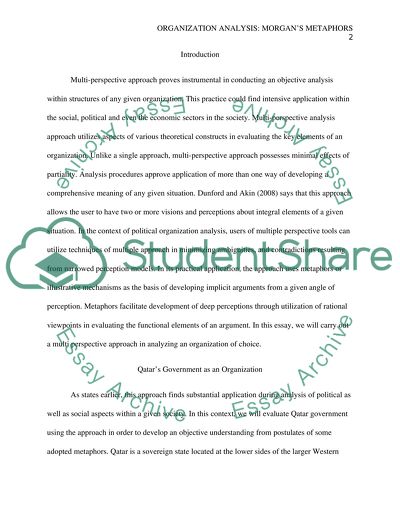Cite this document
(“Qatars Government as an Organization Essay Example | Topics and Well Written Essays - 4000 words”, n.d.)
Retrieved from https://studentshare.org/marketing/1473020-qatars-government-as-an-organization
Retrieved from https://studentshare.org/marketing/1473020-qatars-government-as-an-organization
(Qatars Government As an Organization Essay Example | Topics and Well Written Essays - 4000 Words)
https://studentshare.org/marketing/1473020-qatars-government-as-an-organization.
https://studentshare.org/marketing/1473020-qatars-government-as-an-organization.
“Qatars Government As an Organization Essay Example | Topics and Well Written Essays - 4000 Words”, n.d. https://studentshare.org/marketing/1473020-qatars-government-as-an-organization.


